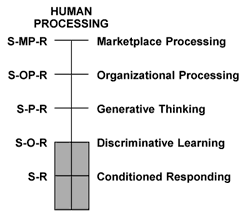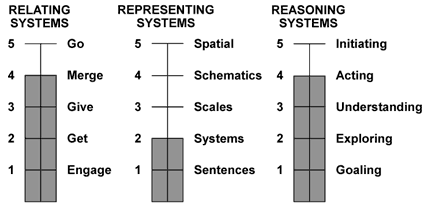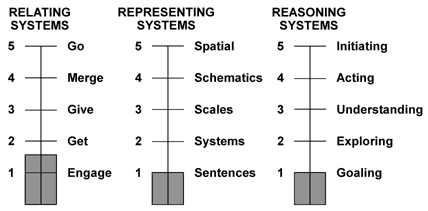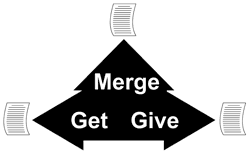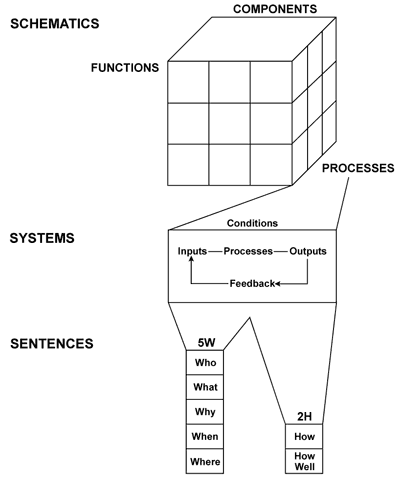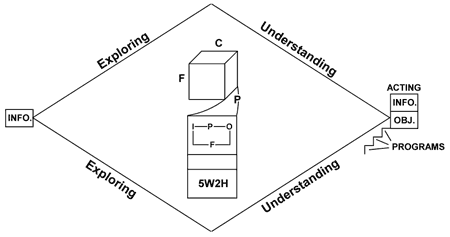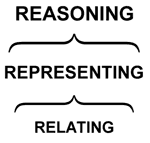Thinking Wars America
1. The Processing Combatants
The presidential candidate needed a domestic agenda. Education is a popular political cornerstone, especially since nobody knows what it does! Nobody knows why it does it! Nobody knows how it does it!
So his political “spinners” designed an educational “scam” directed toward marginalized minority children:
- “Dummy-down” a test of achievement so a high percent of kids can pass it.
- “Drop-out” those who do not pass it so that it looks like an even higher percentage have passed it.
- “Boot-strap” the test by tying it to “The Accountability Movement” and labeling it The Standards of Learning or SOL.
- “Gussy-up” the SOL by attaching it to the most elevated of ethical missions, “No Child Left Behind.”
- “Bait-and-Switch” the SOL by decentralizing accountability to each of the 50 states.
Voilé! Just like that, the “spinners” had thrown out a “sky-hook” and produced the centerpiece of the candidate’s domestic agenda.
What’s wrong with that, you ask?! Everything! In the vernacular of the Spinners, “This dog don’t hunt!”
For one thing, “show-off” test-makers design tests beyond their own capacities (it’s “The Pauper Principle” to go along with “The Peter Principle”).
For another thing, those fraudulent things which are dedicated to children in need are bound to accomplish the opposite effect indeed! They did! The children fell further behind!
On the one side of The Thinking Wars are those people who lead us retrogressively to the fast-disappearing Conditioned Responding standards of an earlier time. Led by politicians, these “Luddites” would have us achieve “Standards of Learning” defined in terms of requirements of The Industrial Age through which we passed 40 years ago.
On the other side of The Thinking Wars are those people who understand that in America today, nearly 80% of the jobs already require thinking skills. These people see the requirements for thinking escalating from Discriminative Learning Systems to Generative Thinking Systems. This is because the movement of globalization “farms out” production jobs requiring Conditioned Responding to “cheaper” employees from less educated cultures in more attenuated economies. Moreover, increasingly, globalization is also yielding service jobs requiring Discriminative Learning, including delivering services as well as producing products, to learning cultures and commoditizing economies.

